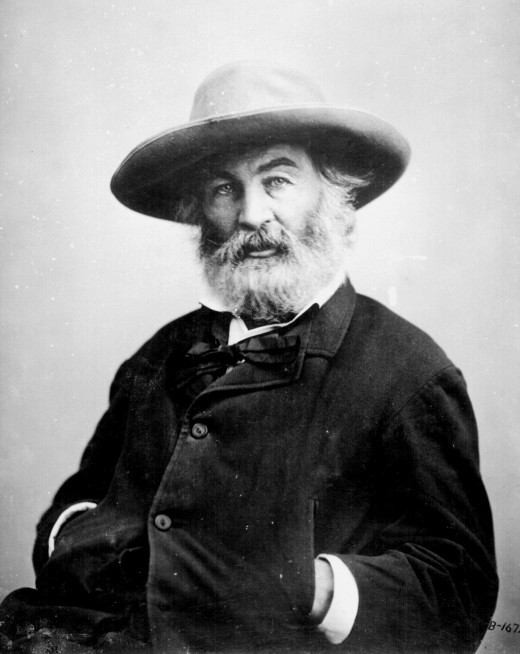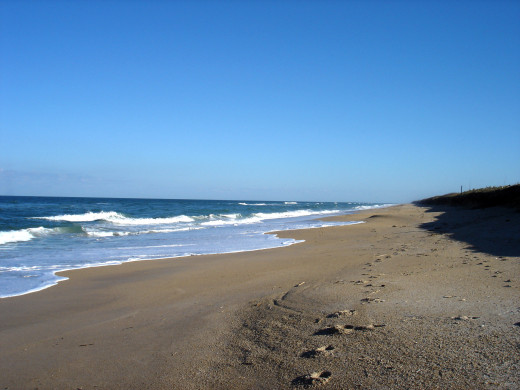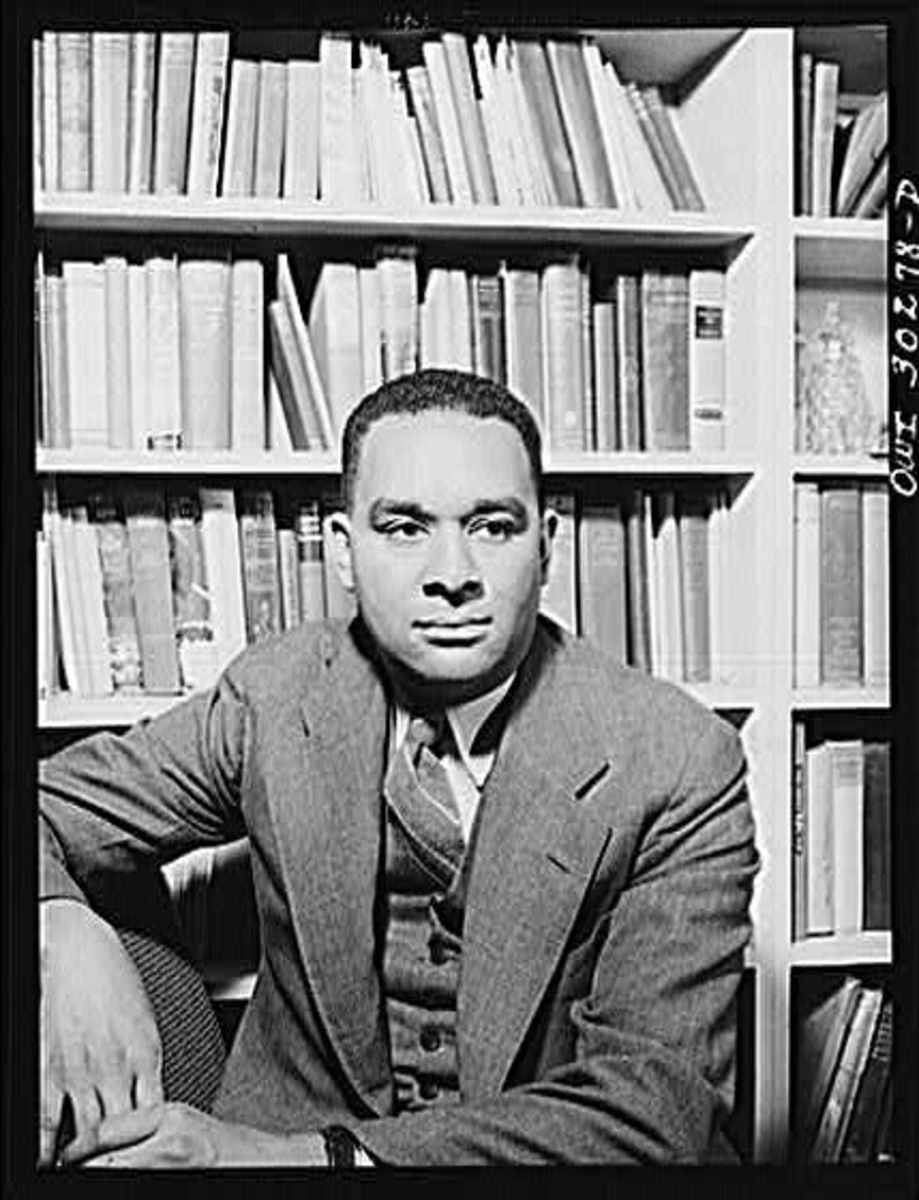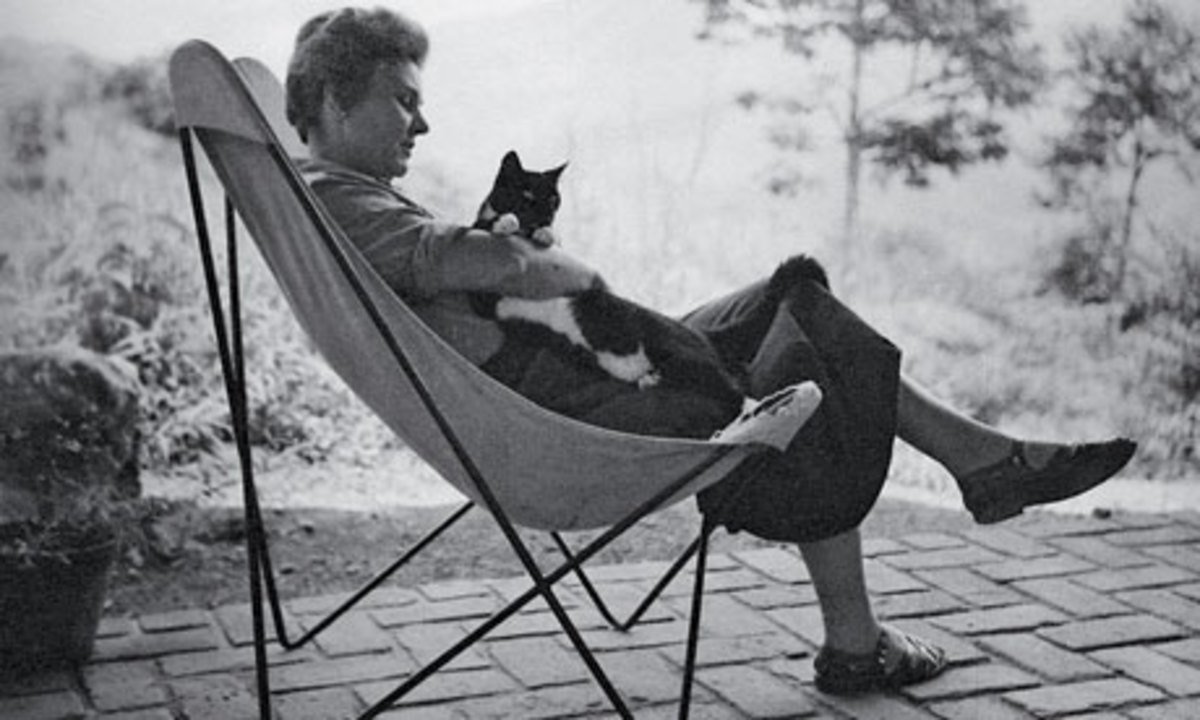Poetry in the American Romantic Movement

The Romantic Period in America ran from 1820 to 1860. Nature, religion, and patriotism inspired American poets such as Emily Dickinson, Ralph Waldo Emerson, Walt Whitman, and Edgar Allen Poe. They created inspirational and often experimental poems. At this time, America was in a period of expansion; the country was also discovering it had a distinctive voice. This came through clearly in the literature of the time. The romantic ideas that give the period its name took inspiration from art and nature.
The Time Period
Year
| Event
| Significance/Outcome
|
|---|---|---|
1820
| Missouri Compromise
| Missouri is admitted as a slave state, but no slavery will be permitted anywhere north of Missouri's southern border.
|
1829
| First steam-powered locomotive in America
| Traveling West is made easier.
|
1830
| Indian Removal Act
| Authorizes the move of several tribes to Western lands.
|
1836
| The Siege of the Alamo
| Santa Anna leads 3,000 men, killing all 187 Texans inside.
|
1838
| The Trail of Tears
| 15,000 - 17,000 Cherokee Indians forced to march from Georgia; 4,00-8,-- deaths estimated.
|
1845
| John L. O'Sullivan writes of "the fulfillment of our manifest destiny to overspread the continent allotted by Providence
| Phrase caught on with expansionist press, poliicians, and public.
|
1848-1849
| California Gold Rush
| Gold is found in California; thousands of people stream West to find riches.
|
1857
| Panic of 1857
| New York branch of the Ohio Life Insurance and Trust Company fails; many other business fail.
|
1857
| Colorado Gold Rush
| Gold is discovered in the Platte River; many people migrate to the area.
|

Poetry in the American Romanticism: Edgar Allan Poe
Edgar Allan Poe (1809 – 1849) was a key figure of the American Romantic Movement. In his lifetime he worked as author, poet, editor, and literary critic; though he is well-known now, he suffered financially working as a writer. His best-know poem is "The Raven."
A Dream Within A Dreamby Edgar Allan Poe
(published 1850)
Take this kiss upon the brow!
And, in parting from you now,
Thus much let me avow --
You are not wrong, who deem
That my days have been a dream;
Yet if hope has flown away
In a night, or in a day,
In a vision, or in none,
Is it therefore the less gone?
All that we see or seem
Is but a dream within a dream.
I stand amid the roar
Of a surf-tormented shore,
And I hold within my hand
Grains of the golden sand --
How few! yet how they creep
Through my fingers to the deep,
While I weep -- while I weep!
O God! can I not grasp
Them with a tighter clasp?
O God! can I not save
One from the pitiless wave?
Is all that we see or seem
But a dream within a dream?
The poem consists of two stanzas of similar length and rhyme scheme. Each stanza is made up of couplet-like rhyme with a triplet located within: at the beginning in the first stanza and in the middle of the second stanza. This similarity in length and rhyme scheme creates a parallel structure, therefore suggesting a parallel in ideas.
The cohesion between the two poems is furthered by Poe's use of alliteration and assonance. In the first stanza he uses alliteration within the first line (take, this, the) and again in the fifth line (days, dream.) He then switches to assonance with "hope" and "flown," then emphasizes his central image with the repeated vowel sounds in "see," "seem," and "dream," written twice. The assonance continues into the second stanza until he switches back to alliteration. The result is a mirror image of sound clusters that draw the two stanzas together.
Poe uses imagery to create two distinct scenes. The first is a first-person narration, a man parting from his lover. He also uses personification to show how hope has "flown" away. The second stanza reads more emotionally. The narrator is now alone and bemoaning the inevitable passage of time, as symbolized by the sand.

Poetry in the American Romanticism: Emily Dickinson
Emily Dickinson's (1830 – 1886) poetry was not published until after her death. She wrote diligently throughout her life, and even included poems in many of her letters. The Metaphysical poets of 17th century England largely influenced her work.
Hope is a Thing with Feathers
by Emily Dickinson
Hope is a thing with feathers
That perches on the soul,
And sings the tune without the words,
And never stops at all,
And sweetest in the gale is heard;
And sore must be the storm
That could abash the little bird
That kept so many warm.
I've heard it in the chillest land,
And on the strangest sea;
Yet, never, in extremity,
It asked a crumb of me.
The structure of the poem comes in three quatrains with an ABAB rhyme scheme. The poem is based on a central metaphor, hope as "a thing with feathers."
The entire poem is based on a metaphor: hope as a bird. Dickinson creates this metaphor first by describing hope as "a thing with feathers" and further describes that it perches and sings, actions associated with birds. In the first stanza, the mood is cheerful, even effervescent. The feathered-thing perches and sings, never stopping. However, in the second stanza the mood changes. Dickinson uses personification, calling the storm "sore" (angry), stating that it bashes the little feathered thing "that kept so many warm;" the tone there is almost accusatory, or at least regretful. In the final stanza the mood changes again – hopeful that the feathered-thing can live "in the chillest land," but also poignant in that, for all hope goes through, it asks for nothing in return.



